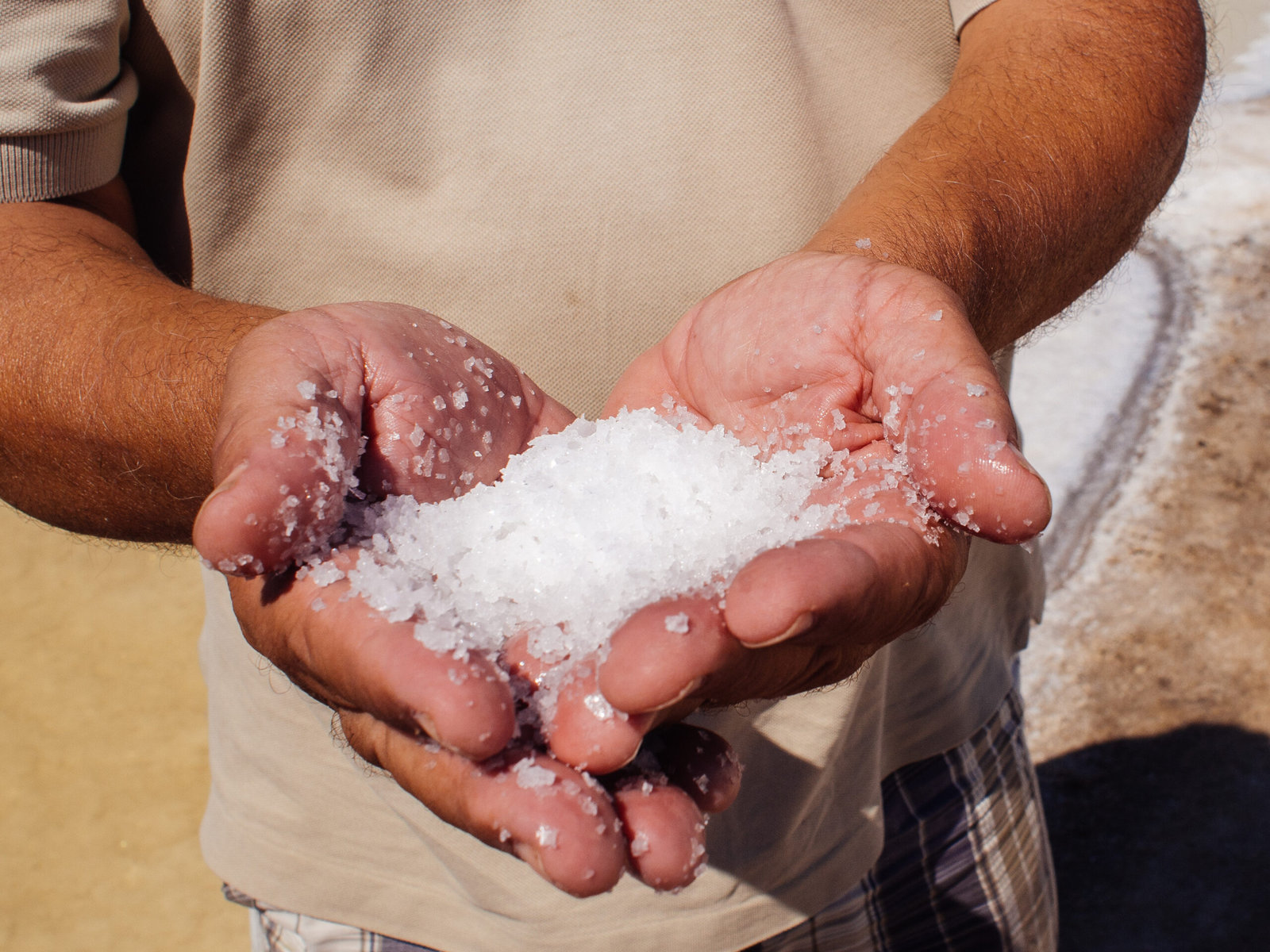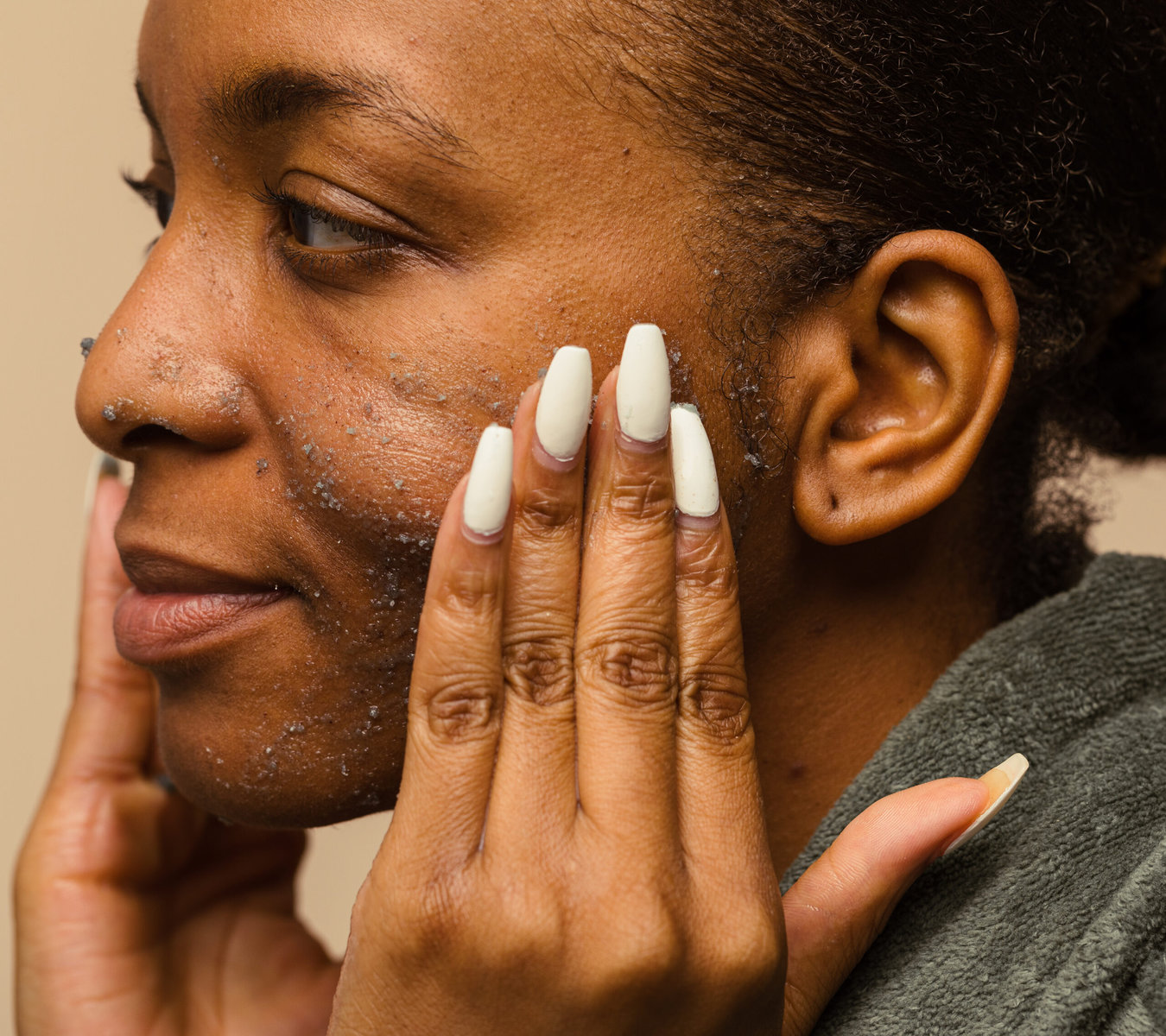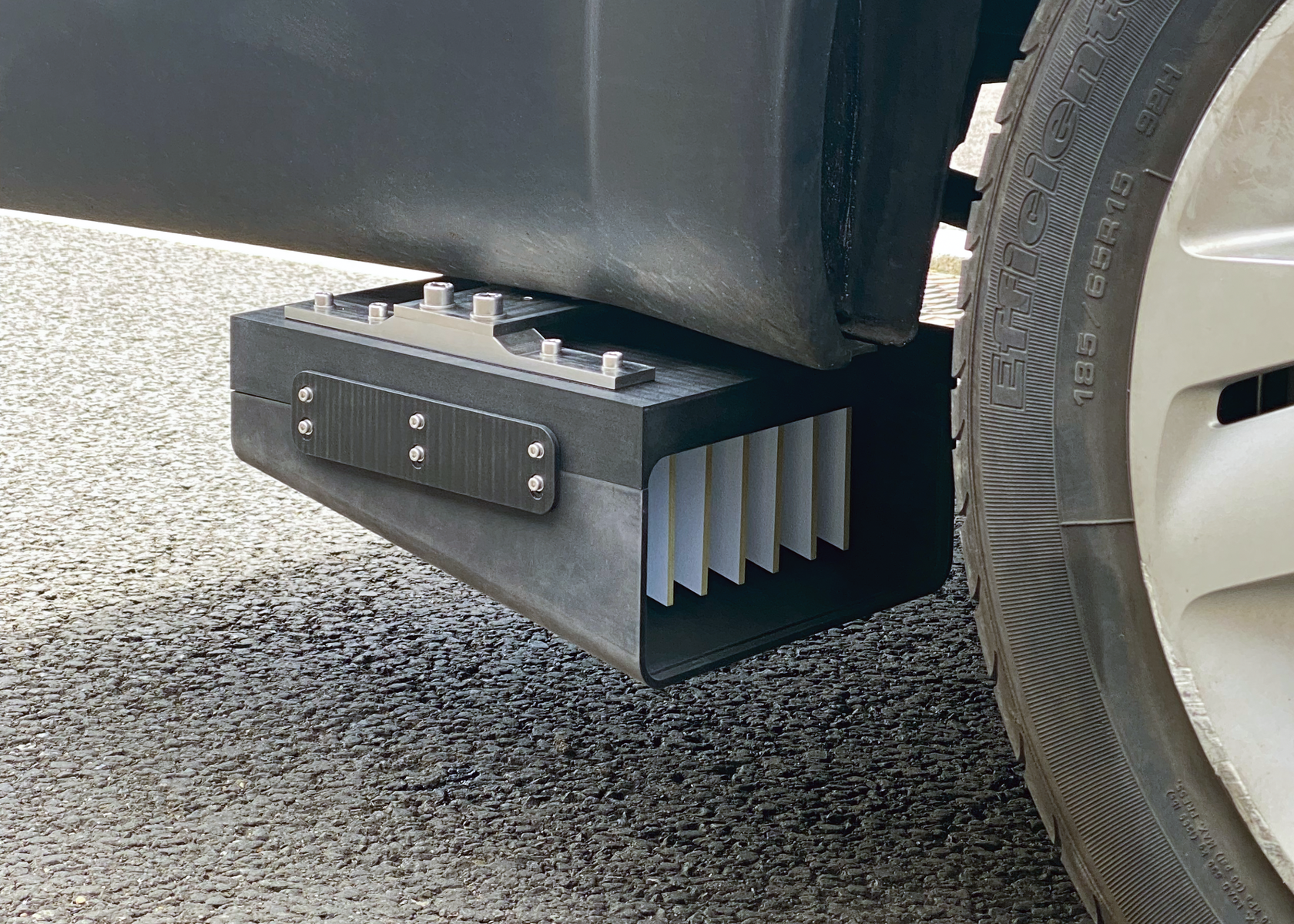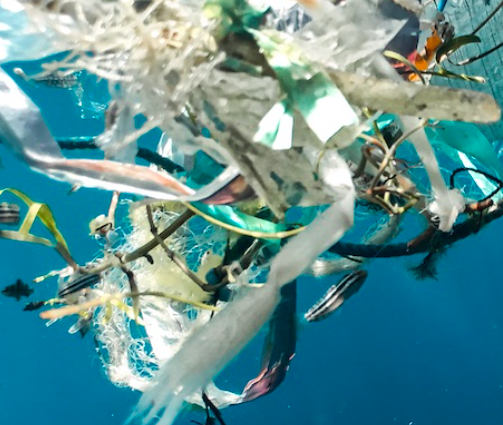A blue whale can ingest about 10 million pieces of microplastics per day. This alarming fact, drawn from a recent study, underlines what has become increasingly clear: Microplastics — solid plastic particles up to five millimeters in size that are not biodegradable — are pretty much everywhere.
They have been detected in over 1,500 different marine animal species. They also find their way into our bodies via the water cycle and the food chain. In fact, the average person consumes up to five grams of microplastics per week. That’s as much as a credit card. The consequences for our health and the environment remain to be seen.
In a move to stave off further damage, the European Union has now banned intentionally added microplastics. This applies to plastic glitter or polyethylene particles used as abrasives in scrubs, shower gel and toothpaste (these have been banned in the US since the 2015 Microbead-Free Waters Act). Under the terms of the ban, some products, such as plastic glitter found in creams or eye shadow, have been granted a transitional period to give manufacturers a chance to develop new designs.

But some manufacturers are years ahead of the game when it comes to pioneering the move away from microbeads. LUSH and The Body Shop are among the companies that have long been offering natural alternatives, using ground nuts, bamboo, sea salt and sugar. The really big players, such as Beiersdorf AG, have also been working on solutions for several years.
The Hamburg-based consumer goods group has not used microbeads for exfoliation purposes since 2015. Instead, it has used, for example, cellulose particles or shredded apricot kernels. Since the end of 2019, all Beiersdorf wash-off products have been free of microplastics. In addition, the company uses almost no microplastics in creams and other leave-on cosmetics for its two major body care brands, Nivea and Eucerin. “Our ambition is to use only biodegradable polymers in our European cosmetic product formulas by the end of 2025,” explains a company spokesperson. However, these polymers can take many months to degrade. And they may prevent the development of more sustainable solutions.

There have also been alternatives for artificial turf pitches — which use tons of microplastics as loose fill — for some years now. There are more than 9,500 such sports pitches in Germany alone. “These particles can quickly be carried into the environment by wind and weather or sports shoes,” says Jürgen Bertling from the German Fraunhofer Institute for Environmental, Safety and Energy Technology (Umsicht). According to the European Chemicals Agency, artificial turfs release up to 16,000 tons of microplastics into the environment in the EU every year.
Weighed down by negative news?
Our smart, bright, weekly newsletter is the uplift you’ve been looking for.But a few years before the EU ban, Germany stopped providing public funding for artificial turf pitches with granules containing a high proportion of microplastic. As a result, the country already has hundreds of pitches that are filled with cork and sand instead of microplastics, according to the International Association for Sports and Leisure Facilities. Ground olive stones or corn-based fillings have also been used on some pitches.
One of the most sustainable facilities in Germany was completed a year ago by the Lower Saxony club VfL Sittensen. Their artificial grass is made from plant-based polyethylene. The granules are produced mostly from hemp and chalk. Compared to other artificial turf pitches, this pitch only needs a fifth of the amount of granulate. In addition, a filter system for the rainwater run-off prevents the remaining microplastic and fiber residues from entering the environment. “We receive many inquiries from other clubs and local authorities who want to follow this example,” says Egbert Haneke, the association’s chairman.

But there are other, much bigger sources of microplastics in Germany. According to a study by the Fraunhofer Institute Umsicht, artificial turf pitches are only the fifth-largest source. And though cosmetics are the one that the public tends to hear the most about, they are a relatively insignificant source compared to the heavy-hitters, like waste disposal, building materials, road wear and fibers released through textile washing.
Germans produce an estimated four kilograms of microplastics per capita in the environment every year. At around 1.2 kilograms per capita, tire abrasion is the most important contributor. Tiny particles are released through the wear and tear of tires, and counterintuitively, the move toward electric vehicles will actually exacerbate this problem. Electric cars are significantly heavier than combustion engines due to their batteries. A toxic compound released by tire abrasion has even been linked to the deaths of coho salmon on the US West Coast.
A startup in the UK has found a possible solution: The Tyre Collective has developed a suction device that can be fitted directly behind the tires on the underbody of a car.
The patent-pending technology uses electrostatics and airflow to attract tire particles. Together with the London logistics company Zhero, The Tyre Collective tested prototypes on London’s streets for three months. According to the startup, over half of the particles that the device captured were below 0.01 millimeters in size. Particles of this size are considered “the most harmful to human health and the environment,” according to The Tyre Collective. Working with designers, the start-up has also developed various products made from tire particles and recycled plastic using 3D printers. A vase, speaker, lamp and acoustic panel were exhibited at the London Design Festival at Material Matters in September 2023.

But by far, the greatest potential for reducing microplastics lies in not producing them in the first place: for example, by driving less or slower so fewer particles are released via tire wear, or by changing the composition of the material of tires or the design of the tread. And microplastic emissions from textile washing could be reduced by using different materials and designs.
That’s why, though the ban is an important step, experts like Jürgen Bertling are hanging their hopes on the EU’s ecodesign guidelines, which will be developed for the various product groups over the coming years. Something to look forward to, for humans and blue whales alike.












